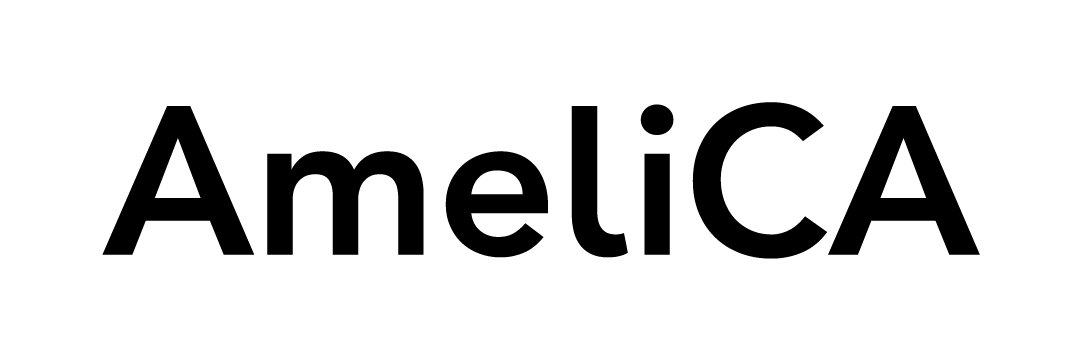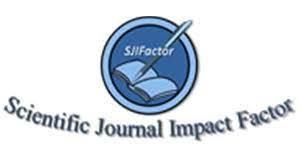Invasive Marine species evaluated within the Gulf of Guayaquil. Case Study. Shrimp Field , 2011
DOI:
https://doi.org/10.53591/RUG.V116I2.680Keywords:
Invasive Marine Species, Ballast Water, Plankton, Nonnative invertebrate, Gulf of Guayaquil, Mangrove, Shrimp AquacultureAbstract
The problems of exotic or invasive species is involved in different anthropogenic activities, known as pests or plague species in terrestrial and aquatic environments, also altering biodiversity and human health, establishing the necessity to implement preventive strategies locally and regionally. Prospective Investigation Methodology was used with the objective of registering the aquatic invasive species thorough records and surveys in some shimp farms located on the coastal border of the Estero Salado and the Rio Guayas (Inner Gulf of Guayaquil) they are navigable canals, the mayor areas of aquative production and mangrove. The results showed invasive species which have local and worldwide records. The negative perception of these species is the problem that causes in the growth of shrimp, and the economic losses due to the cost of supplies, materials and pond cleaning, however the infestation of mollusks which function is to act as “ biological filters ” would be considered as bioremediation of the water quality, which is positive for the ecosystem of the Gulf for the removal of carbon , and as biological indicators they establish the necessity of broadening the study nationally and implementing strategies for the integral management.
References
W. Appeltans, Bouchet P., Boxshall G., Fauchald K., Gordon D., Hoeksema B., VanSoest R., Stohr S., Walter T., and M. Costello. 2011. World Register of Marine Species. Accessed at http://wwwmarinespecies.org.
M. Arroyo, Mair J., Mora E., Cruz M y D. Merino, 2002. “En Manual de campo de los invertebrados bentónicos marinos...” Universidad de Guayaquil y Heriot-Watt University.
N. Bax, Carlton J., Mathews-Amos A., Haedrich R., Howarth F., Purcell J., Rieser A., and A. Gray, 2001. “The control of Biological Invasions...” 15 (5): 1234-1246.
D. Bonilla, 1967. “Estudio de la familia...” Facultad de Ciencias Naturales. Universidad de Guayaquil, pp. 50.
J. Carlton, 1979. History, Biogeography and Ecology... North América. Ph.D. tesis University of California, Davis CA, pp 331-336.
CEPAL 2002. “La contaminación de los ríos y sus efectos...” Santiago de Chile, diciembre de 2002.
A. Cohem., and J. Carlton, 1995. “Nonindigenous aquatic species in a united states...” NOAA Grant NA 36rg0467.
A. Cohen., 2005. “Guide to the exotic Species...”Oakland CA. www.exoticsguide.org.
CPPS 2009. Curso de Entrenamiento sobre Línea Base Biológica Portuaria IMO- GLOBALLAST-CPPS, Cartagena, 24-27.
CPPS 2010 (b). “Taller de estandarización de metodologías...” Valparaíso, Chile mayo 2010.
M. Cruz, 1986. “Contribución al Conocimiento...” Acta Oceanográfica del Pacífico, 3(1): 133 147.
M. Cruz, F. Villamar y G. Torres. 1987. “Estudio comparativo de los Moluscos... Acta Oceanográfica del Pacífico, 5(1):49 55.
M. Cruz, G. Torres y F. Villamar, 1989. “Estudio de los Moluscos...” Acta Oceanográfica del Pacífico 4(1):121 160.
I. Davidson, Zabin C., Chang A., Brown C., Sytsma M., and G. Ruiz, 2010... Aquatic biology, 11 (2): 179-191.
N. Eno, Clark R., and W. Sanderson, 1997... http://jncc.defra.gov.uk/pdf/pub02 nonnativereviewdirectory.pdf.
T. Estrella. 2000. Usos del Recurso agua y Manglares en el Estero de Puerto Hondo, Provincia del Guayas-Ecuador.
R. Galárraga, 2001. Tierra.rediris.es/hidrored/Base de datos/docu1.html.
GEF-UNDP-IMO-GLOBALLAST PARTNERSHIP y IOI, 2009... Series 17.
F. Gherardi. 2007. Non-indigenous animal species naturalized in Iberian inland waters. Chapter 6.
C. Griffiths, Mead A., and T Robinson. 2009... African Zoology 44 (2): 241-247.
Hallegraeff G. 2004. “Harmful Algal Blooms...” Edited by G. Hallegraeff, D. M., Anderson, and A.D. Cembella, A.D.
L. Herrera y G. Bolívar, 2005. “El rol de los Macroinvertebrados...” Universidad Católica de Valparaíso, Chile.
IMO, 2001. Ballast water status Assessment. Globallast Monographs. GEF-UNDP-IMO Globallast Partnership.
IMO, 2009... Globallast Monographs Series Nº17. GEF-UNDP-IMO Globallast Partnership.
M. Keen, 1971. Sea Shells of tropical west America. Stanf. Univ. Press. Calif. 2da. Edit. Pp. 1064.
D. Lawrence, and J. Cordell, 2010... 143 (3): 700-709.
S. Lowe, Browne M., Boudjelas S. and M. DePoorter, 2004. “100 de las Especies Exóticas...” November 2004.
M.Cardenaz.2010.”Efecto de la contaminación...” Tesis deMaestria.Universidad de Guayaquil.
M. Montaño y Robadue, D. 1995... Fundación Pedro Vicente Maldonado.
E. Mora, 1989. “Moluscos de Importancia Comercial en el Ecuador...” CPPS.Rev.Pacífico Sur (número especial):435-454.
J. Oakes, 2007... Thesis of the degree od Doctor of Philosophy. Griffith University.
Oceana, 2004... http://www.iberica2000.org/documents /aguasdelastre-09022004.pdf.
Ruesink J., Feist B., Harvey C., Hong J., Trimble A., and Wilsehart, 2006... Mar. Ecol. Prog Ser. 311: 203-215.
J. Rodríguez, Cedeño R., Bayot B., Echeverria F., Teixeira da Silva J., Valladares A., Aguayo D., and S. Sonnenholzner, 2011... Process Biotechnology and Molecular Biology 5(Special1): 49-55.
N. Shikuma, and M. Hadfield, 2010... Biofouling 26 (1): 39-46.
C. Shine., 2008... Global Invasive Species Programme, Nairobi.
N. Thomas, y C.Thorp, 1994... 162: 575-584. http://jncc.defra.gov.uk/page-1700Torres G., y Andrade C. 2007. Distribución... Canal del Morro, Posorja (Junio 2006). Acta Oceanográfica del Pacífico (INOCAR, Ecuador), 14 (1): 81-90.
G. Torres y C. Palacios, 2007 (a). Bloom de Noctiluca scintilans y Ceratium dens en el Golfo de Guayaquil (2004). Acta Oceanográfica del Pacífico (INOCAR, Ecuador), 14 (1): 125-130.
G. Torres y C. Palacios, 2007 (b). Calidad Ambiental del Bloom algal en el área urbana del Estero Salado (Ciudad de Guayaquil) en Junio 2005. Acta Oceanográfica del Pacífico (INOCAR, Ecuador), 14 (1): 116-124.
G. Torres, 2011 (b). Eventos de Mareas Rojas: Estrategias de manejo preventivas en Ecuador... Universidad de Guayaquil.
G. Torres, 2012. Estrategias preventivas a especies invasoras acuaticas en el interior del golfo de guayaquil en el 2011... Universidad de Guayaquil.
M. Tovar-Hernández., y B. Yánez-Rivera, 2010. Poliquetos invasores (Annelida: Polichaeta) del Puerto de Mazatlán, Sinaloa... Proyecto GN002
Published
How to Cite
Issue
Section
License

This work is licensed under a Creative Commons Attribution-NonCommercial-NoDerivatives 4.0 International License.

This work is licensed under a Creative Commons Attribution-NonCommercial-NoDerivatives 4.0. International License.
You are free to:
- Share — copy and redistribute the material in any medium or format
- The licensor cannot revoke these freedoms as long as you follow the license terms.
Under the following terms:
- Attribution — You must give appropriate credit , provide a link to the license, and indicate if changes were made . You may do so in any reasonable manner, but not in any way that suggests the licensor endorses you or your use.
- NonCommercial — You may not use the material for commercial purposes .
- NoDerivatives — If you remix, transform, or build upon the material, you may not distribute the modified material.
- No additional restrictions — You may not apply legal terms or technological measures that legally restrict others from doing anything the license permits.






























